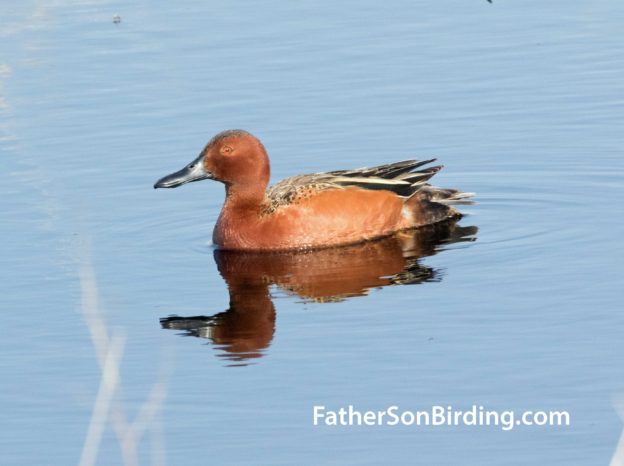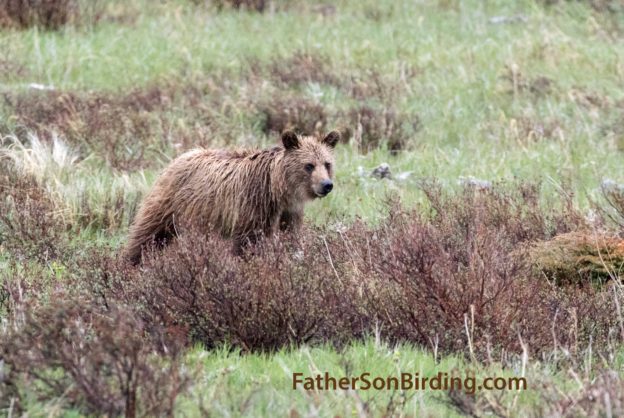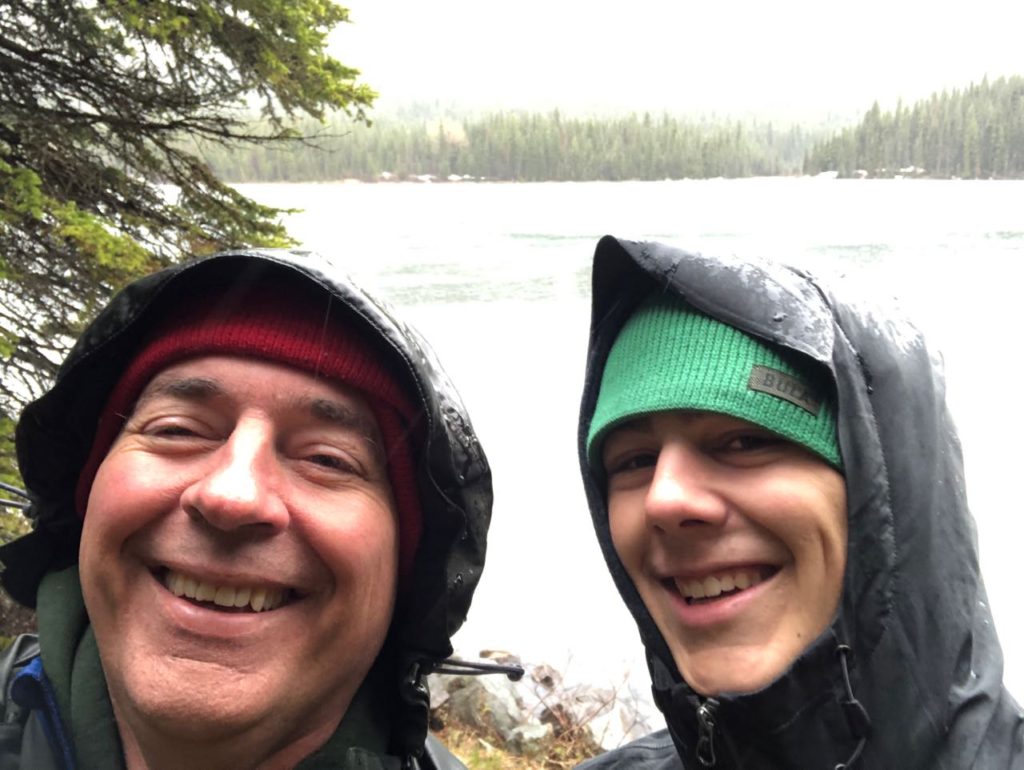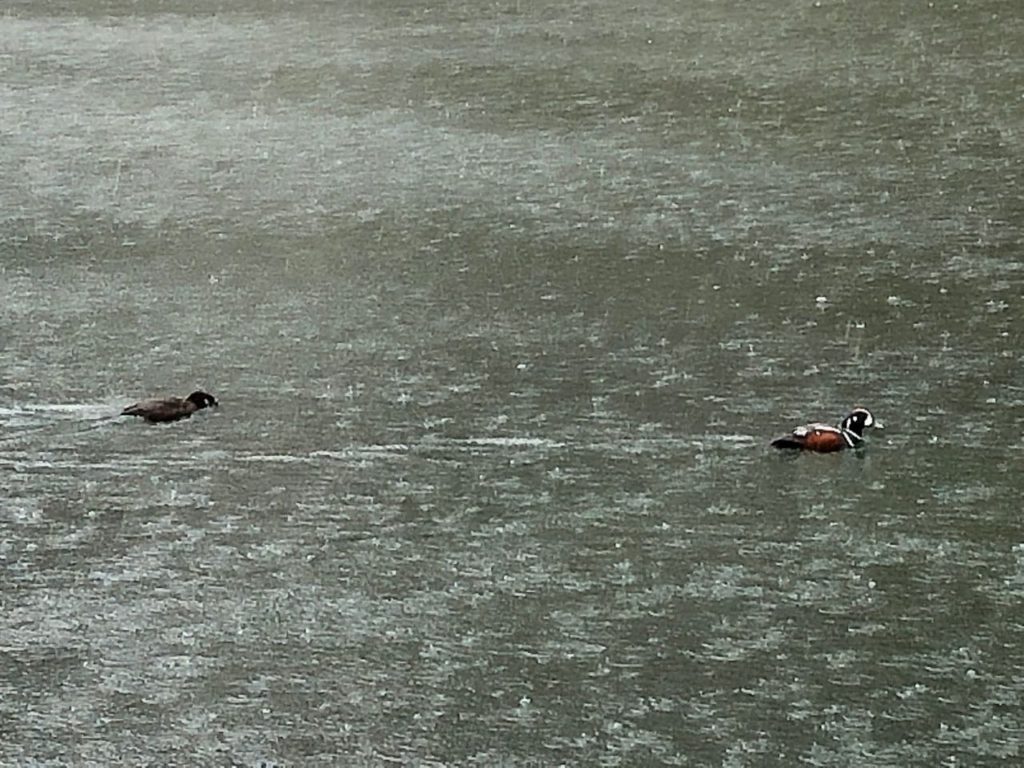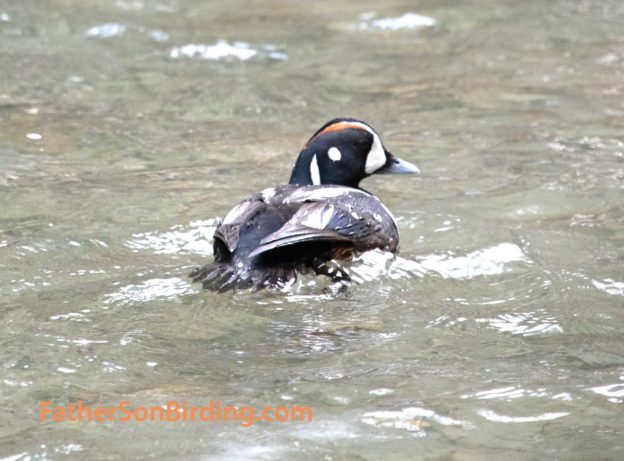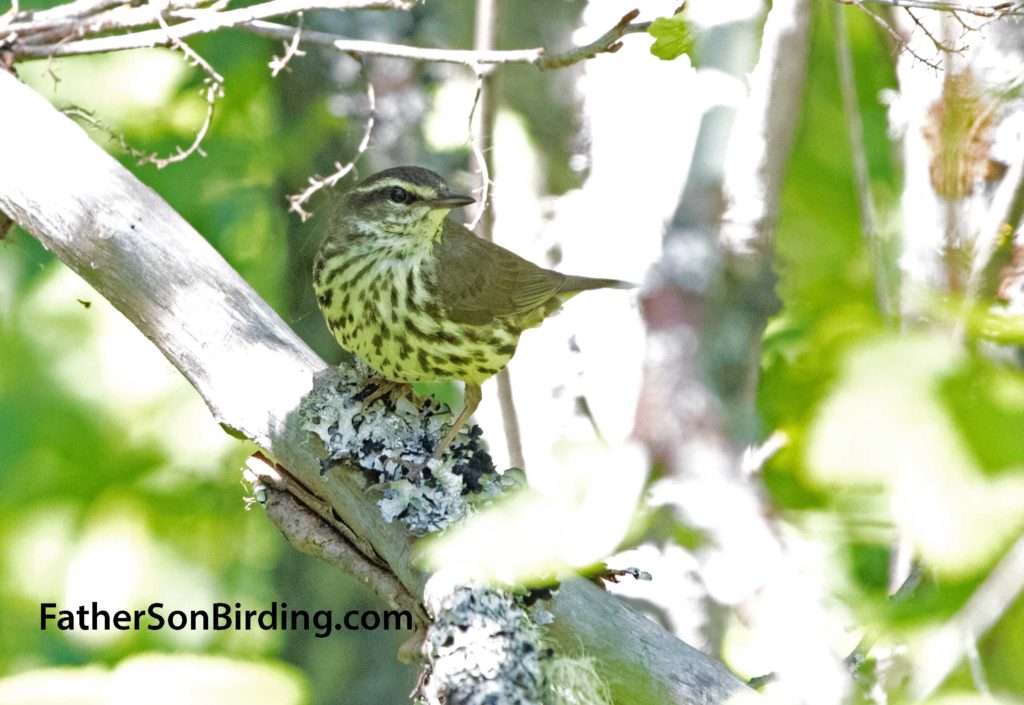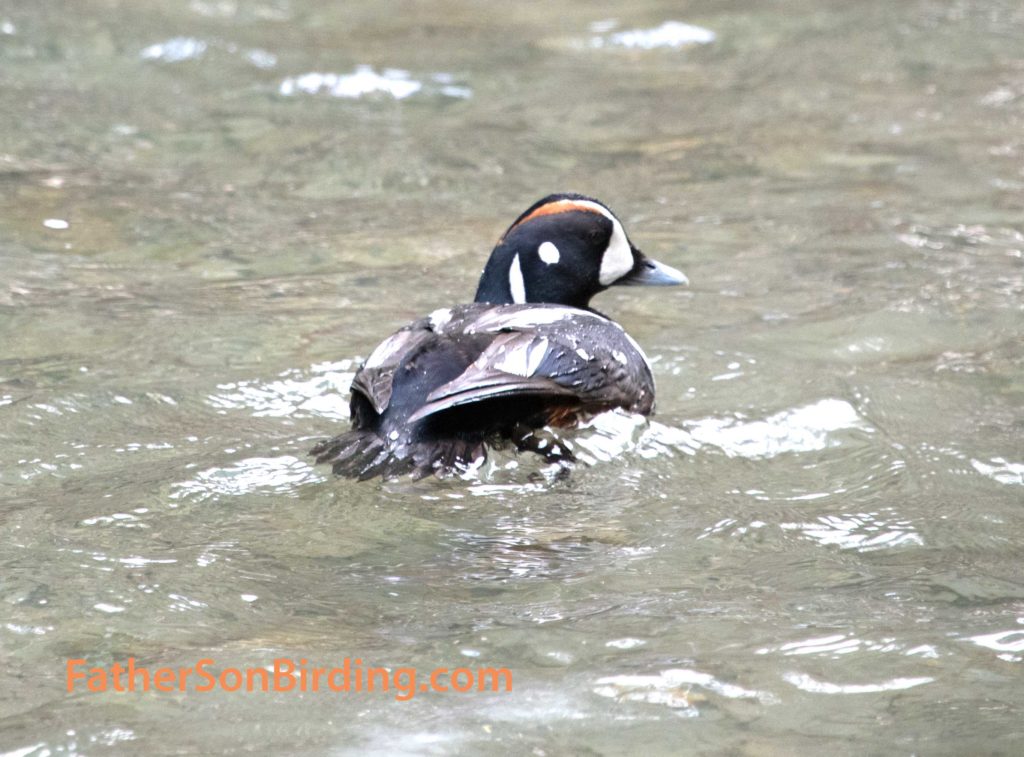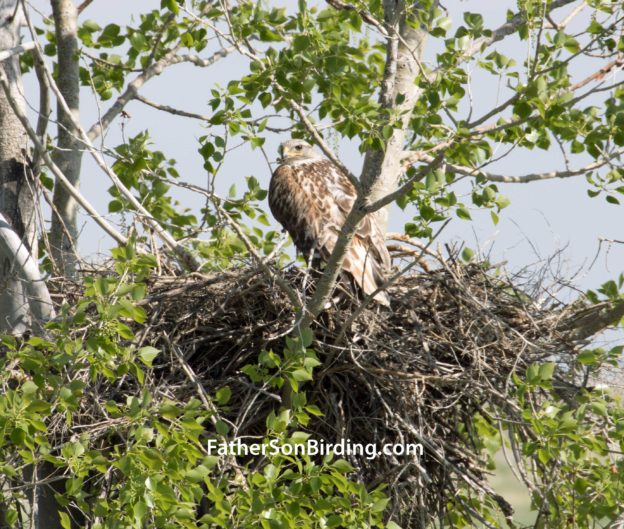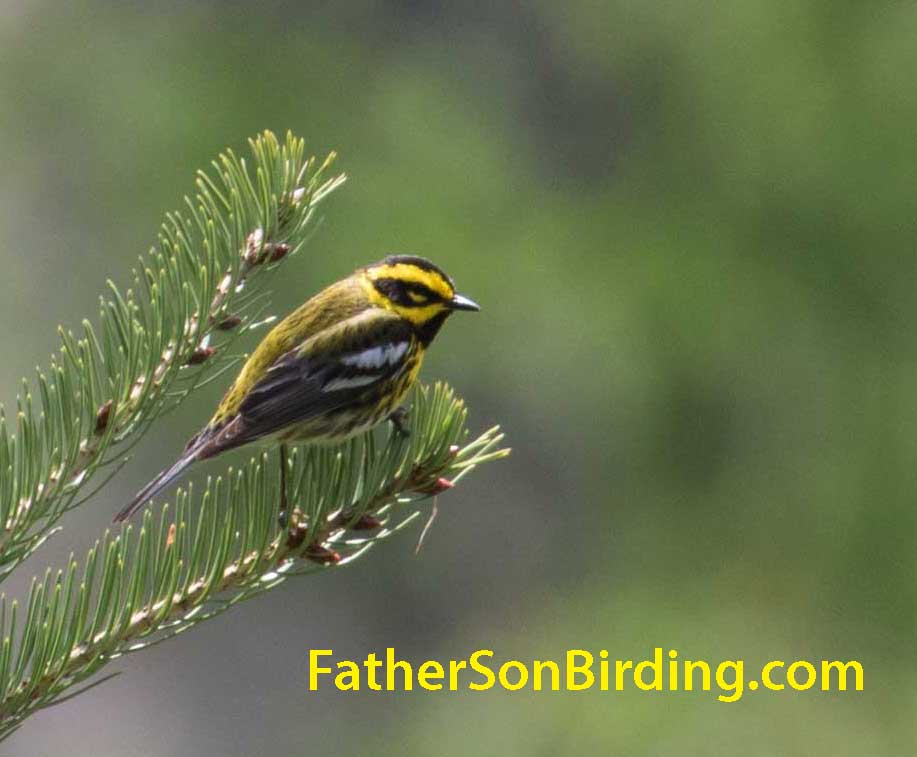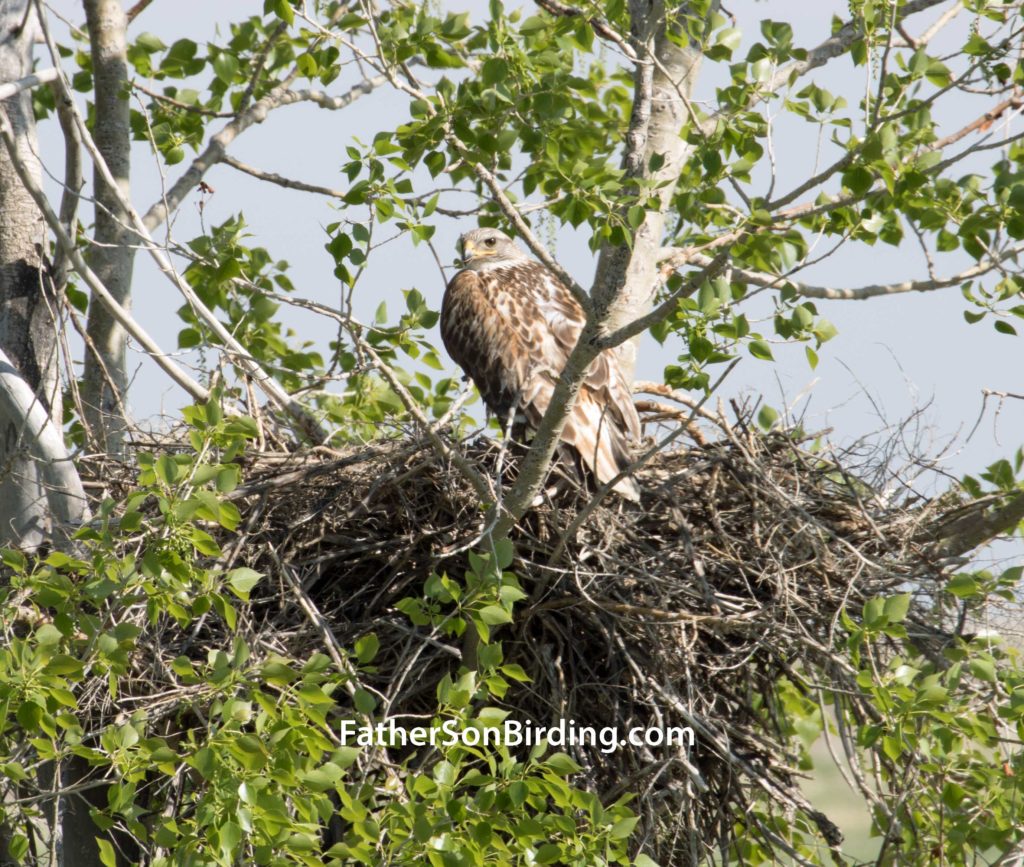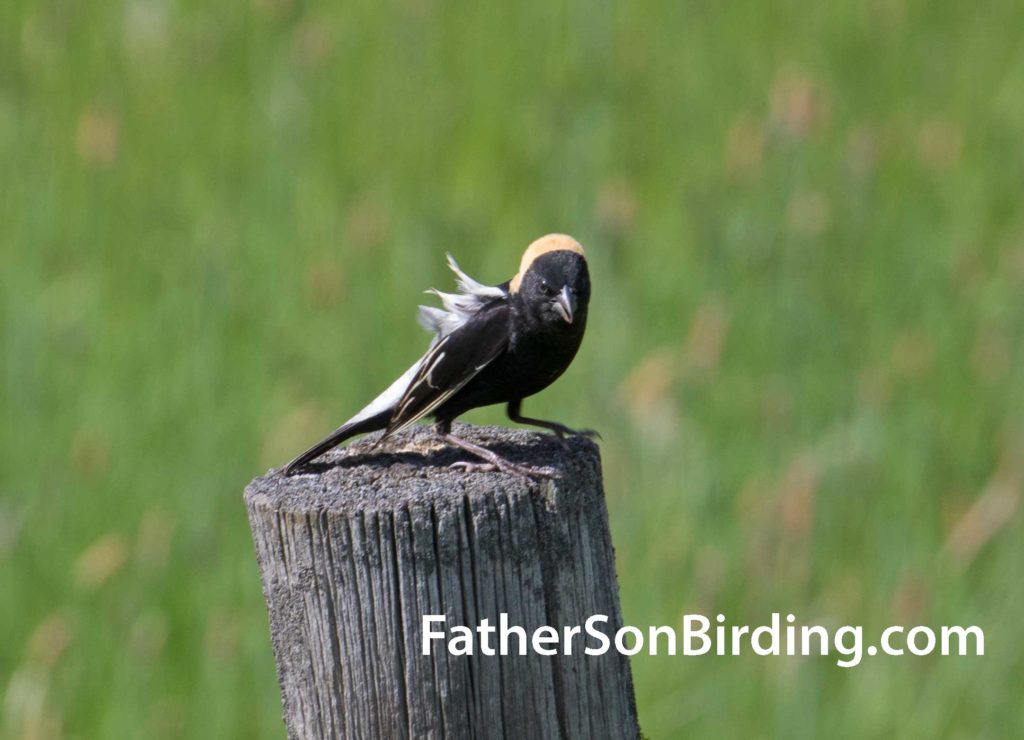If you are enjoying these posts, please share them with friends, family, and other birders. Also, be sure to subscribe by filling out the form down in the right-hand column. Tweet-Tweet!
Braden is off this week so I’m filling in. Just kidding. Birders are never off. Don’t you know that by now? I did want to use this week, however, to talk about an especially cool group of ducks that we observed during our recent Big Weekend. You got it: teals.

We left Missoula about noon on the Friday of Memorial Day weekend and I have to admit, the only ducks on our minds were the fabled Harlequin Ducks, which we hoped to glimpse in Glacier National Park—and add to our Year Lists. We did get two spectacular experiences with Harlequins—a breeding pair at Josephine Lake in the Many Glacier area and a lone male on MacDonald Creek the next day. I have to say, though, that the teals matched the Harlequins for beauty, and overpowered them with raw abundance.

We saw all four species of common teals on our trip: Green-winged, Blue-winged, Cinnamon, and Northern Shoveler—which I didn’t realize was a teal until Braden informed me of the fact. To make matters even more confusing, the last three species are in the genus Spatula while the Green-winged Teal is in the genus Anas with a bunch of other dabbling ducks. Go figure. But full disclosure: I am not a taxonomist, so let’s not get too hung up on that now.
Several things impressed us about these four species—especially the three birds in Spatula—a name that undoubtedly has something to do with the Northern Shovelers impressively wide honker. The first thing, of course, is that these species of ducks are exceptionally beautiful. Stunning, in fact. Just look at the photos of the males. I mean, “Whoa Dude, where’d you get those threads?”
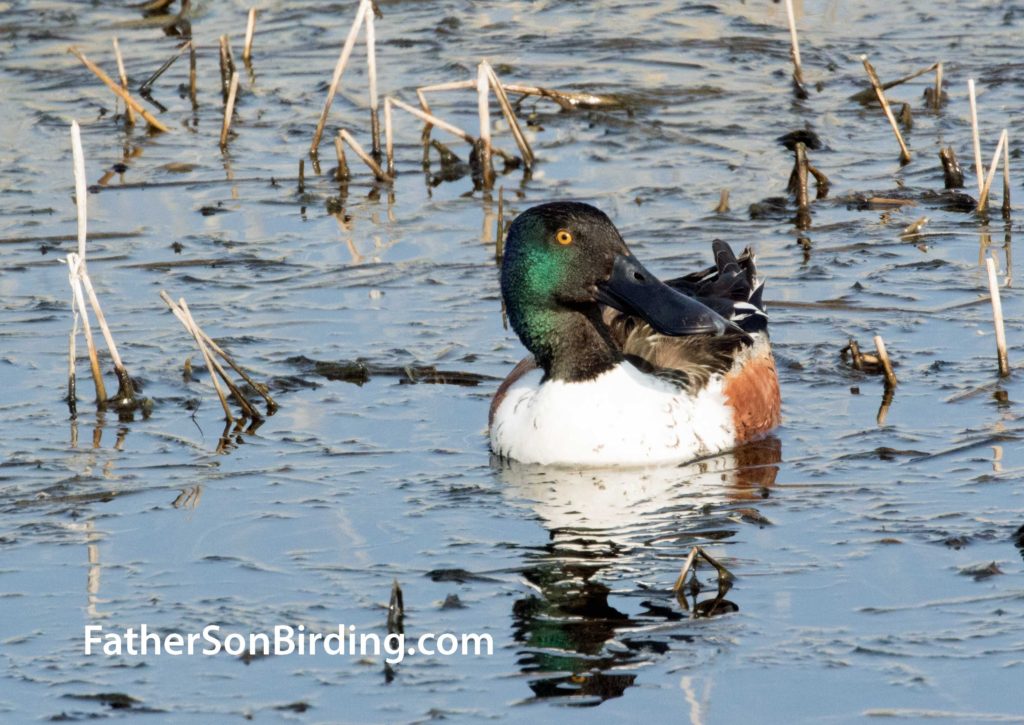
Another thing about these ducks is that they all seem to adopt similar lifestyles. We kept finding them together in many of the same places: Browns Lake, Benton National Wildlife Refuge, and even the prairie potholes along the highway. Not surprising since they are all dabbling ducks and prefer to nest in or near shallow bodies of water.
The real kicker for us, though, happened at our very first stop, Browns Lake. Braden was looking at a group of ducks on a small pond and he said, “Doesn’t something look a little odd about that duck?” I studied it and agreed. “I think it’s a Cinnamon—Shoveler Hybrid,” he offered. “What? Really?” I’d heard of hybrids but figured they were exceptionally rare. Then again, this duck didn’t look like anything else we’d seen. I suggested that it looked more like a Blue-winged—Shoveler hybrid because of the white crescent behind the bill. “Other teals also can show that in their juvenile phases,” Braden pointed out. Smart-alec kid.
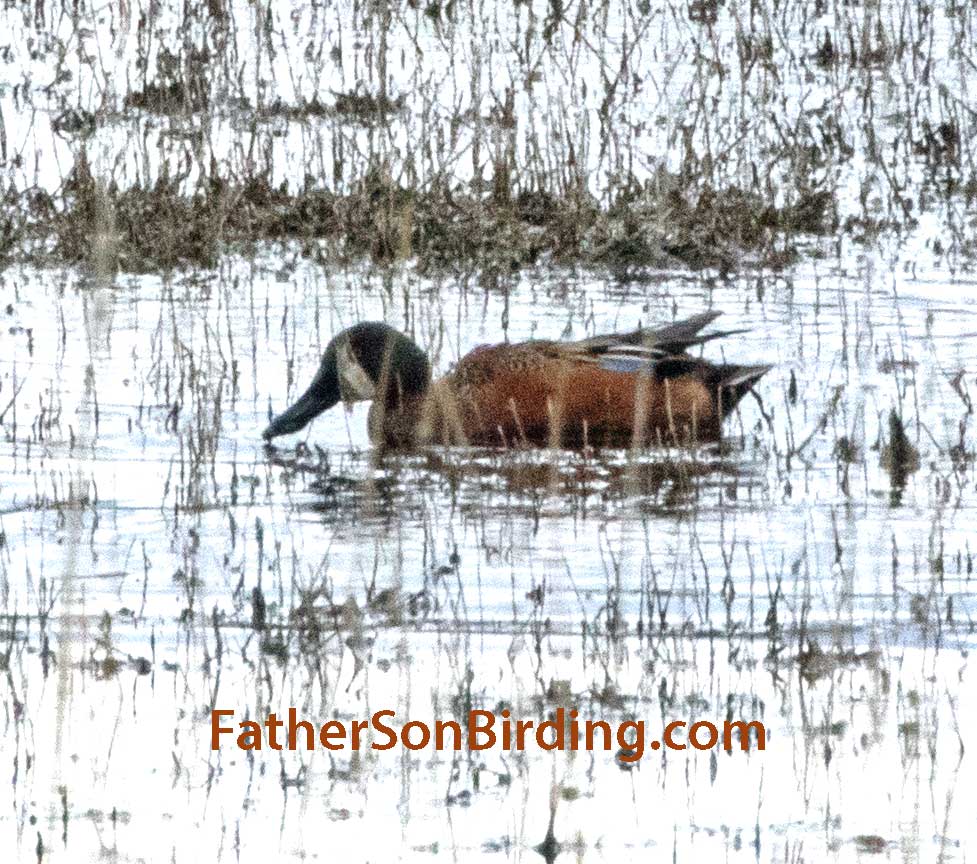
One thing was for certain. This bird had not followed the rule books for sticking to one particular species. Interestingly, another teal hybrid was IDed in a different Montana location by another birder the same week. The lesson? If you keep going out there to look, the birds will keep surprising you.

